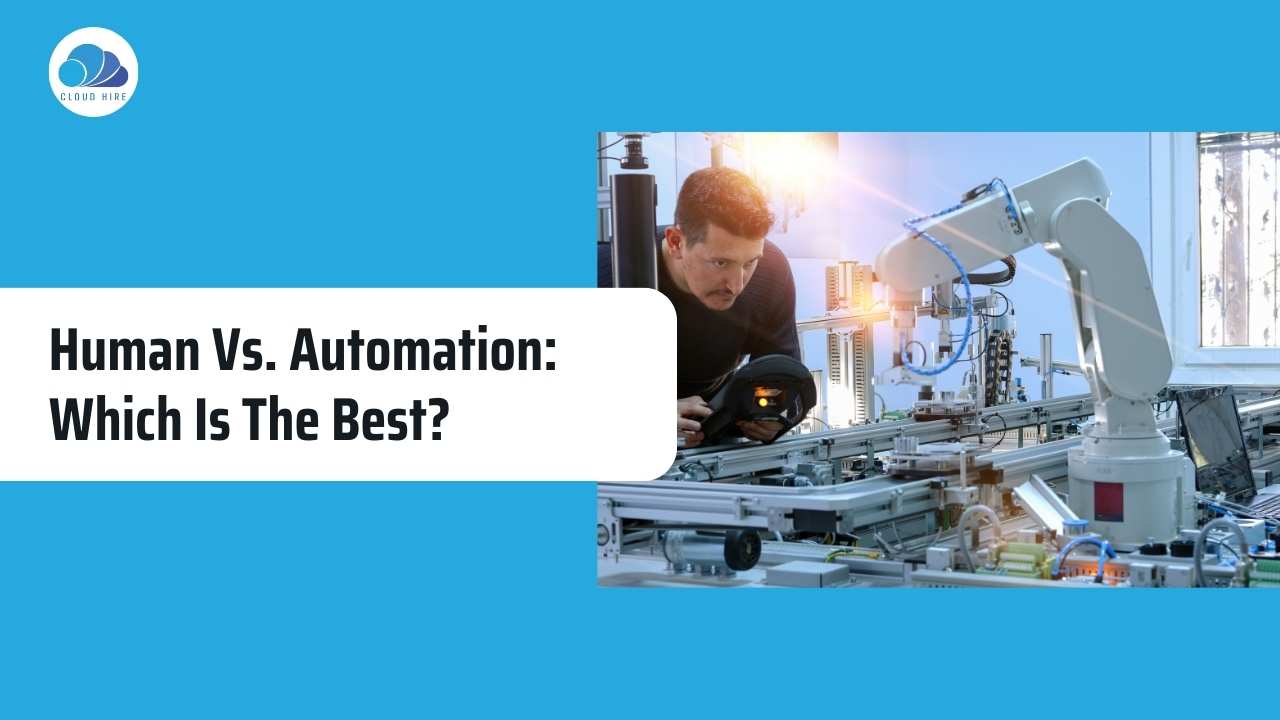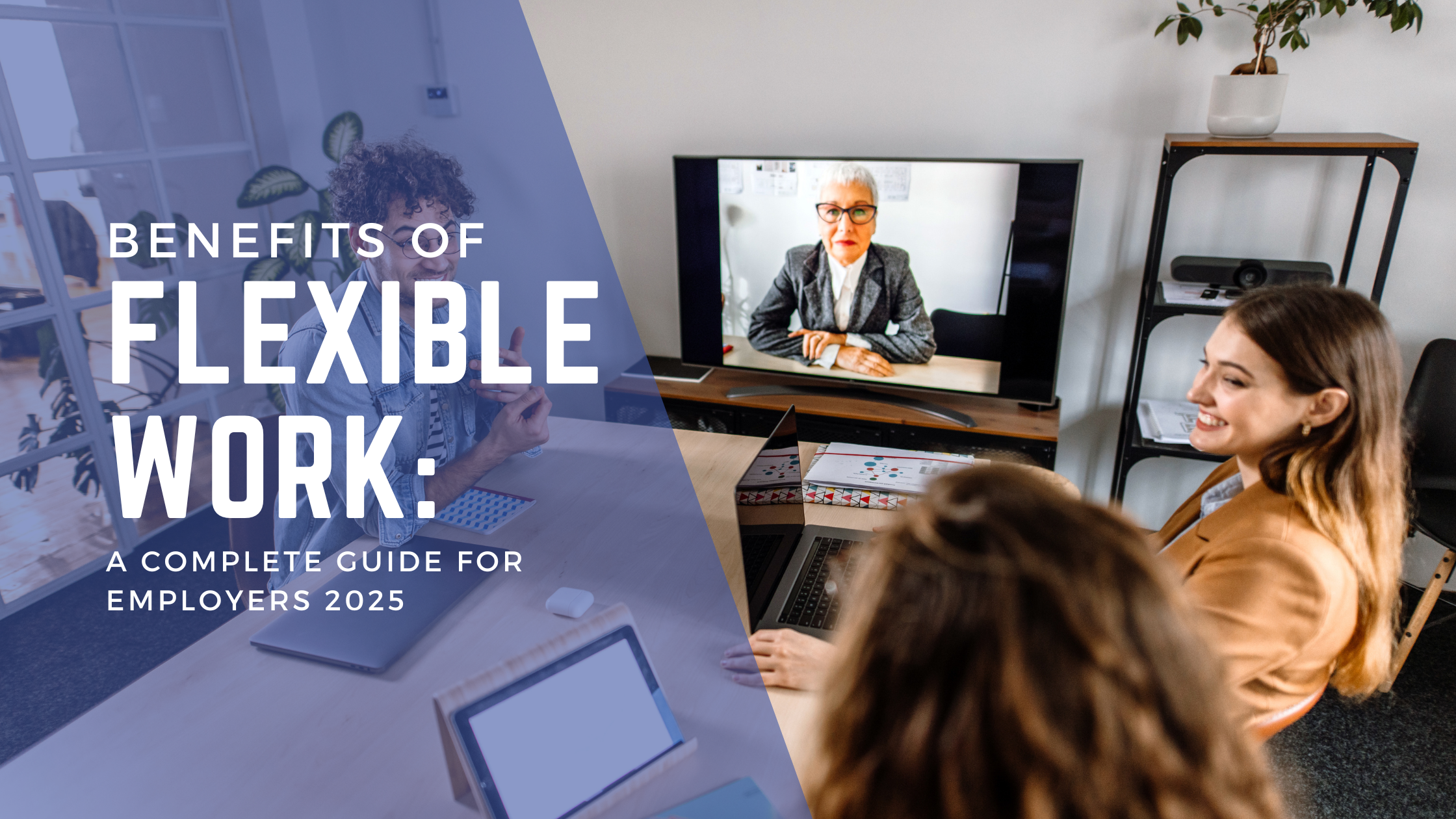As technology advances and businesses need to find new ways to stay profitable and improve efficiency, human vs. automation has become a hot topic in the workplace. While there’s no clear answer to this question, I found it interesting to take a closer look at both sides of the spectrum and see if one side really does have an edge over the other.
Automation can eliminate most human error, provided that the machine is programmed correctly. When it comes to automation, there are two main types: machine-to-machine (M2M) and human-to-machine (H2M). M2M automation refers to the use of machines in a distributed way to process data or performs work independently. H2M automation refers to having humans and machines working together on the same task.
The primary difference between these two types of automation is that M2M systems have no human oversight and H2M systems require human oversight at certain stages of the process. Humans can also be replaced by robots in some cases, but this requires that the robots are programmed correctly, which takes time and expertise not available in most organizations today.
Automation Can Be Consistent, but It Is Not Necessarily Correct:
Automation can be consistent, but it is not necessarily correct. With automation, there is no human intervention to catch errors or make corrections. Automated processes are much more efficient than manual ones because they can be done more quickly and with fewer errors.
On the other hand, human intervention can add value by catching errors or making corrections that would otherwise go undetected. Human workers can take into account the context of their customer’s needs and respond appropriately.
Automation Can Eliminate Most Human Error, Provided That the Machine Is Programmed Correctly:
Automation is a powerful tool for businesses. It can eliminate most human error, provided that the machine is programmed correctly.
But automation also has its downsides. If you don’t have a clear strategy for how automation will improve your business and its employees, it could lead to more problems than it solves.
In Theory, Automation Is Faster and More Efficient than Relying on People:
In theory, automation is faster and more efficient than relying on people. But in practice, it’s not always so simple.
Take driving as an example. Many people don’t like to drive because it’s too slow and boring. But if you’re in a hurry and have to drive somewhere, it’s the fastest way of getting there. Automation can improve efficiency when it comes to certain tasks — but not all tasks are suited for computers or robots to take over from humans.
When Automation Fails, It Creates a Worse Situation than If Humans Had Done the Job:
The error rates increase. The cost of fixing errors increases. The loss of business and revenue increases. And the company’s reputation suffers.
If you are in charge of a business that relies on automation to run smoothly, you want to know that your systems are reliable and accurate. You want to make sure that when something goes wrong, it doesn’t take down your entire operation. Keeping a human in the loop means you can fix issues quickly and keep the system running smoothly (and maybe even be able to help customers).
Human Employees Will, out of Necessity, Find Ways to Work Around the Limitations of Their Tools:
Humans will, out of necessity, find ways to work around the limitations of their tools. There are limits to the human mind that are not present in computers. Humans can adapt and work around them, but there will always be some things they cannot do.
Automation is much more predictable than humans and can get it done faster and cheaper than a human working alone. Humans have an innate ability to learn from each other and experience, but automation cannot adapt as quickly or easily. This is why organizations need to invest in automation if they want their systems to perform well over time.
Humans Still Have Important Roles in an Automated Society:
A common misconception is that automation will eliminate all jobs. This is not the case. The overall workforce could increase as a result of automation and robotics, which could lead to more job creation than we’ve seen in decades.
The impact of automation on the workforce depends on where you are in your career path — if you’re just starting, automation may not be a concern for you; if you’re a seasoned professional, however, it could significantly change your life.
Conclusion:
There’s no clear winner between humans and automation, since the answer depends so much on the context in which automation is deployed. However, there are certainly some cases when automation could be more efficient or even more effective than what humans can do. It’s a matter of determining where automation works best and tailoring your own approach to push for the best possible results. Ultimately, the key is to let technology complement your efforts rather than let it do all of the work for you.








